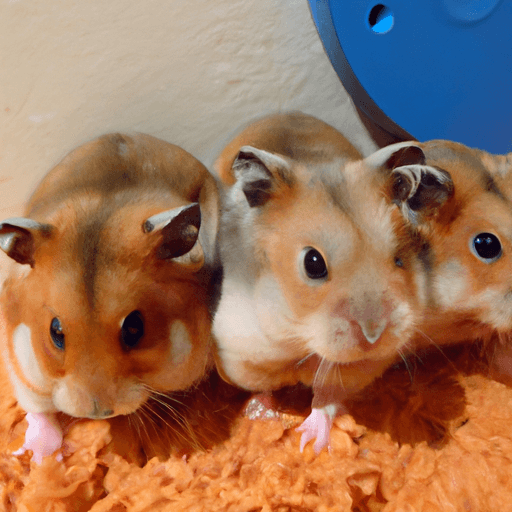
Artificial Light and Animal Sleep
Hard

Do you ever wonder how artificial light affects an animal's sleeping habits? In this project, you'll find out by testing the activity of two hamsters over a period of two nights.
Hypothesis
The hypothesis is that artificial light can alter an animal's sleep habit.
Method & Materials
You will measure the activity of two hamsters over two nights, using artificial light.
You will need a video camera, food, water, and two hamsters.
Results
The results of this experiment showed that artificial light can indeed alter an animal's sleep habit. The activity of the hamsters was rated on a scale from one to five, and the artificial light did confuse them.
Why do this project?
This science project is interesting because it shows how artificial light can affect an animal's sleeping habits, which can be applied to other animals as well.
Also Consider
Variations to consider include testing different animals, or testing the effects of different types of artificial light.
Full project details
You can find additional information and details for this science fair project here. Have fun exploring!Related video
Hey there! Here are some awesome videos about this science project that we think you'll really like. They're not only super fun, but they'll also help you learn more about the science behind the project. So sit back, relax, and get ready to have some fun!!
Share this Science Project:
Related Science Fair Project Ideas
Do hamsters suffer from jet lag? Find out if hamsters have a circadian rhythm!
Hard
Do you ever wonder how well dogs can hear? In this science project, we will find out how age and breed affect a dog's hearing ability.
Hard
Have you ever wondered why rats chew on wires? Find out in this science project!
Hard
Share this Science Project:
